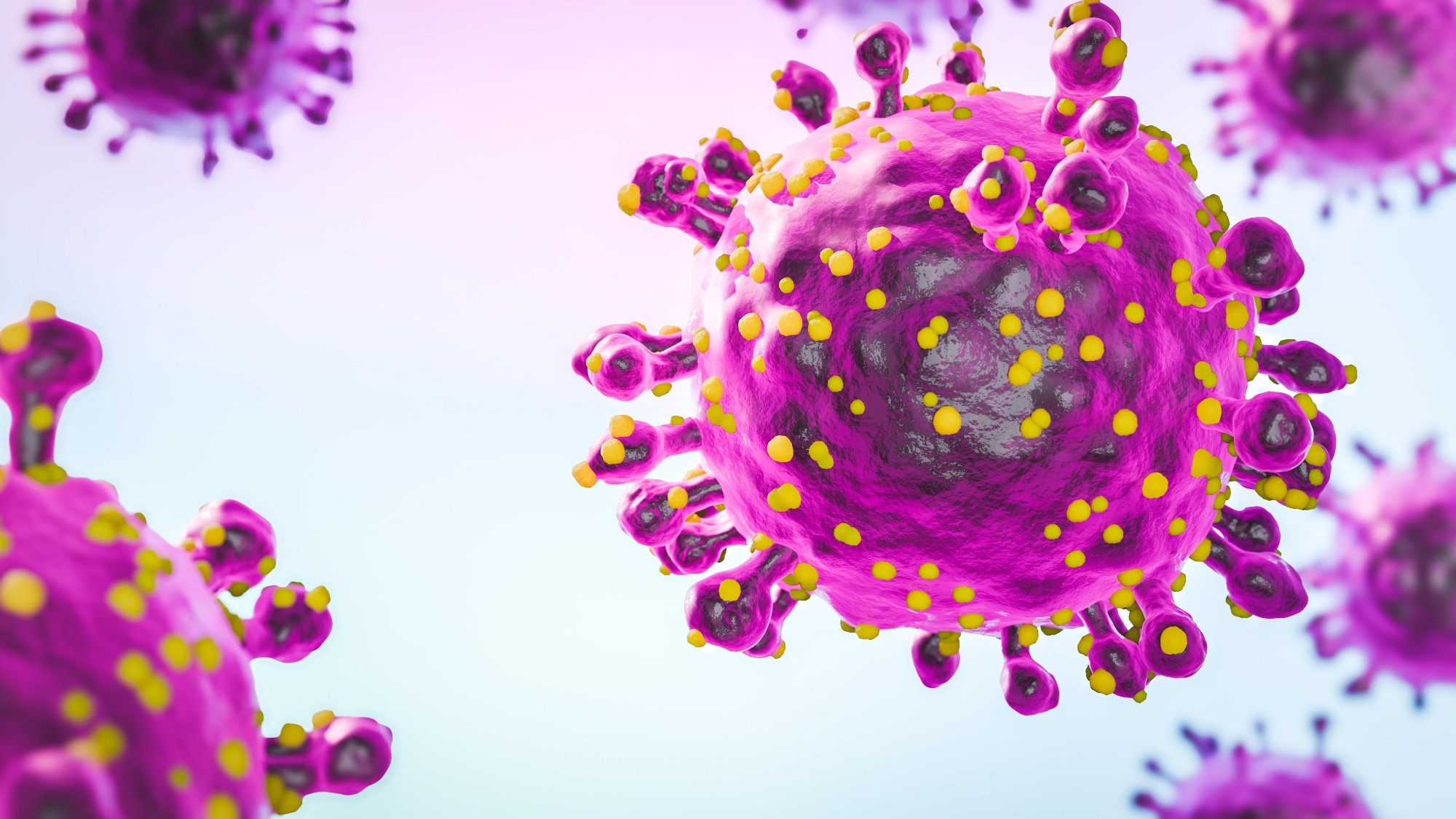As Oropouche virus outbreaks sweep Brazil, Cuba, and beyond, a major WHO report warns that this overlooked tropical disease could be the next global health emergency.
 Study: Risk evaluation of Oropouche virus and its reassortants. Image credit: CI Photos/Shutterstock.com
Study: Risk evaluation of Oropouche virus and its reassortants. Image credit: CI Photos/Shutterstock.com
World Health Organization researchers reviewed current information on the Oropouche virus (OROV), its recent outbreaks, and potential global health impacts in a risk evaluation report.
Background
Oropouche fever is a tropical viral infection caused by the arthropod-transmitted (arbovirus) OROV. First discovered in Trinidad in 1955, the virus generally infects sloths, non-human primates, and birds but can be transmitted to humans via bites from infected midges and possibly mosquitoes.
OROV thrives in humid tropical regions and has historically been limited to the Amazon Basin, with more than 30 documented epidemic outbreaks in South America and the Caribbean between 1960 and 2009. Unfortunately, OROV’s recent global footprint has grown unprecedentedly, especially since December 2023.
In 2024, there was a substantial rise in Oropouche fever prevalence, with more than 10,000 clinically confirmed infections. The disease triggered localized outbreaks across all 24 of Brazil’s states, spread to Cuba and Colombia, and was even diagnosed in international European travelers, sparking fears of a global pandemic.
While disease symptoms like fevers, headaches, nausea, dizziness, and rarely, photophobia and rashes are mild and short-lived (2-7 days), recent outbreaks demonstrated neurological manifestations. There is growing concern about congenital complications, and the disease has been linked to five adult deaths since January 2024, according to the latest data.
This has prompted concerns over vertical and sexual inter-human transmission, although to date, vertical (mother-to-child) transmission has only been suspected in a few cases, and sexual transmission remains a theoretical risk; no direct human-to-human transmission via these routes has been confirmed.
Importantly, no OROV-specific vaccine or targeted treatment options exist.
About the report
To address the mounting global public health threat of OROV and its variants, the World Health Organization (WHO) collaborated with the Technical Advisory Group for Virus Evolution (TAG-VE) to convene a multidisciplinary panel of experts to review the current literature on the disease and recommend global preparedness strategies.
The resulting risk evaluation collects and provides reliable data on OROV’s epidemiology, virology, reassortment dynamics, clinical presentations, and transmission pathways. It also incorporates recent outbreak surveillance across the Americas and the Caribbean, focusing on the disease’s current primary regions: Brazil, Peru, Cuba, and Colombia.
To build a comprehensive picture of the virus, researchers combined a multidisciplinary approach, including laboratory findings, genomic analyses, and field studies on how well vectors transmit OROV. They focused on the two main lineages now circulating: BR-2015-2024, found mainly in Brazil and Cuba, and PE/Co/EC-2008-2021, found primarily in Peru and Ecuador. Global data was also analyzed to understand the potential for midges and mosquitoes to spread the virus in different regions.
Finally, the report evaluates transfusion-transmitted infections, immune evasion via M segment variations, and potential neurological and congenital outcomes. It provides tiered risk evaluation-based recommendations for public health planning and coordination of international response.
Key findings
The report confirms that since 2023, OROV has spread to more places than ever before, with significant outbreaks occurring across all 24 states of Brazil, as well as Cuba, Colombia, and Peru. Genetic sequencing has identified two main viral lineages, BR-2015-2024 and PE/Co/EC-2008-2021, currently circulating in these regions, indicating that the virus is spreading from multiple sources and continues to evolve.
The Brazilian BR-2015-2024 lineage is of particular concern, given that pilot antibody neutralization assays suggest a reduced neutralization capacity for this recent reassortant, raising concerns about immune evasion. Vector studies confirmed Culicoides paraensis as the primary human transmission vector but indicate that other Culicoides species (e.g., C. sonorensis) and some mosquitoes (e.g., Culex quinquefasciatus) have been studied as potential vectors in non-Amazonian and urban regions; however, current evidence suggests that their transmission efficiency is low, and their role is not yet fully established.
The report validates the neurological comorbidities of OROV infections, citing 119 Cuban cases that demonstrated Guillain-Barré syndrome (GBS), meningitis, and encephalitis. These complications were seen among a wider group of patients and were also noted alongside reports of congenital co-morbidities. However, the report emphasizes that a direct causal link between OROV and birth defects or fetal outcomes remains under investigation. OROV RNA was detected in several placentas and fetal brain tissues of infants with microcephaly and malformations.
While the overall mortality of Oropouche fever is low (case fatality rate [CFR] = ~0.02%), its travel-assisted high potential transmission rate and potential neurological and congenital impacts highlight OROV as a cause for global concern. This is of increasing concern due to the lack of viral vaccination or treatment options, emphasizing enhanced surveillance, personal protection against vector bites, and vector control to prevent a potential global outbreak.
Conclusions and recommendations
The present WHO risk evaluation concludes that OROV poses a growing global public health risk, citing scientific research on its rapid expansion, vector diversity, and reassortment potential. While most OROV infections are mild and self-limiting, growing evidence of neurological and congenital complications heightens epidemiological concern.
However, the report notes that further research is needed to establish these complications’ true incidence and causality.
The report emphasizes current pitfalls in treatment and surveillance, stressing the need for improved diagnostics, viral research, and case tracking. It recommends that targeted international preparedness, particularly in tropical, high-risk regions, is vital to monitoring and containing future outbreaks and mitigating their global impact.
Surveillance strategies currently rely on testing samples from patients with dengue-like illnesses, but improved case definitions and diagnostic capacity are urgently needed.







